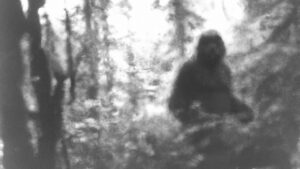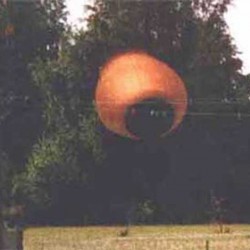
Research which finally proves that bones found in Shropshire, England provide the most geologically recent evidence of woolly mammoths in North Western Europe publishes today in the Geological Journal. Analysis of both the bones and the surrounding environment suggests that some mammoths remained part of British wildlife long after they are conventionally believed to have become extinct.
The mammoth bones, consisting of one largely complete adult male and at least four juveniles, were first excavated in 1986, but the carbon dating which took place at the time has since been considered inaccurate. Technological advances during the past two decades now allow a more exact reading, which complements the geological data needed to place the bones into their environmental context. This included a study of the bones’ decay, analysis of fossilised insects which were also found on the site, and a geological analysis of the surrounding sediment.
The research was carried out by Professor Adrian Lister, based at the Natural History Museum in London, who has conducted numerous studies into ‘extinction lag’ where small pockets of a species have survived for thousands of years longer than conventionally thought.

“Mammoths are conventionally believed to have become extinct in North Western Europe about 21,000 years ago during the main ice advance, known as the ‘Last Glacial Maximum'” said Lister. “Our new radiocarbon dating of the Condover mammoths changes that, by showing that mammoths returned to Britain and survived until around 14,000 years ago.”
As the Shropshire bones are the latest record of mammoths in North Western Europe they not only prove that the species survived for much longer than traditionally believed it also provides strong evidence to settle the debate as to whether mammoth extinction was caused by climate change or human hunting.
“The new dates of the mammoths’ last appearance correlate very closely in time to climate changes when the open grassy habitat of the Ice Age was taken over by advancing forests, which provides a likely explanation for their disappearance,” said Lister. “There were humans around during the time of the Condover mammoths, but no evidence of significant mammoth hunting.”












